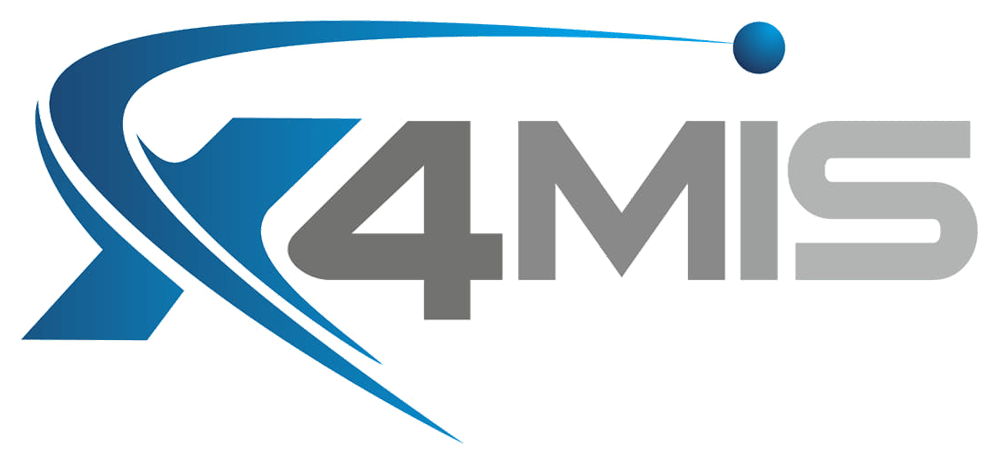Change Management for Technology
Written By: Austin Watene
Change Management for Technology
The success of a technology deployment is less dependent on its design than it is on the employees' willingness to "buy-in" to the project and their capacity to adapt to the new technology, as is frequently the case with organisational transformation.
Up to 75% of technology-related activities are thought to fall short of expectations. This is perhaps because many employees find technology scary. This causes resistance and highlights the necessity of effective communication at all organisational levels.
But when implementing new systems, a typical error is to believe that communication is sufficient to bring about change. Yes, it is necessary, but it simply isn't enough.
Because so much hands-on training is needed, these implementations differ from other adjustments. You must prepare your strategy in advance when dealing with such a behavioural change.
Five Best Practices for Managing Technology Change
1. Take the Assessment Phase Very Seriously
An assessment phase should be the first step in every change management approach. Without knowing where you came from, it is impossible to know where you are heading. Too frequently, strategies are implemented without the necessary appraisal. This is especially true when introducing new technology. Sometimes, the thinking—or lack thereof—is to move on and concentrate on the change-related activities. But without the critical evaluation required to direct their design, these activities won't be efficient.
2. Conduct an extensive comprehensive stakeholder analysis.
A stakeholder analysis is a set of procedures implemented to identify all of the staff members affected by a change. The quantity of hands-on involvement needed for technology deployments makes this analysis crucial. The analysis will later assist in determining the degree of engagement needed for each group. Some groups, for instance, will need more training than other groups. A potential bonus of this research is that it provides a clear image of the groups affected by the change, which may encourage leadership to offer more support.
3. Rely on your Change Impact Assessment
Rarely is technology used to aid workers in completing new duties. It usually aims to replace existing practises by making them simpler, quicker, or more efficient. This implies that stakeholders often have a long history of doing things in a particular way. The change impact summary describes how they are impacted, whereas the stakeholder analysis establishes who is affected. It is crucial to fully describe the modifications to each stakeholder group in the documentation. The ability to create touchpoints and activities that are precisely targeted at each of these changes will help steer your change management strategy in the future.
4. Employ a network of change agents
Technology initiatives can greatly benefit from the deployment of change agent networks. The Change Agents represent their business areas for the entire project and act as an extension of the project team. They have a variety of uses, such as:
- Give the project team feedback
- Show up during project meetings
- Be the first to acquire the new habits.
- Assistance with communication
- Identify and assist in managing resistance
- Enrolling personnel in training
- After implementation, provide assistance to the business area.
- Be the "Go-To" person for inquiries.
These representatives ought to work at all levels and in all industries. Based on the requirements of the project, the change team will decide how many and what kind of structure is required. The success of the project will be aided by the careful selection of Change Agents.
5. Display Strong Leadership
The ability to lead is essential for enabling change. A senior leader should be the project's champion, speak up for it, and communicate clearly with the company. Employee resistance is probable without this leadership since the initiative lacks the critical impetus for the change.
Implementing these recommended practices will increase the likelihood that your installation will be successful. Additionally, the following advice should be kept in mind while you develop your strategy.
Seven Guidelines for Effective Technology Implementation
1. Be prepared for resistance.
Any change will be met with resistance, therefore it's crucial to have a strategy in place. It is a matter of how much it will happen, not whether it will happen at all. You need to have procedures in place to go out and find resistance, so don't wait for it to show up.
Additionally, employees object for a variety of reasons. You must have responses prepared for individuals who object for organisational (such as: this is not the best course of action for our department) as opposed to personal (such as: what if I can't learn the new software?) reasons.
2. Be prepared for extensive training
The necessity for staff to master the new system during technology implementations necessitates extensive training. To plan and offer the training for each stakeholder group, a lot of front-end work is needed.
In addition, completing the required courses for everyone takes a lot of time. Use role-based training and/or modules whenever possible so that the targeted groups can only attend those sessions rather than possibly all-day classes.
3. Put Communication First
Your change attempt will be greatly aided by open, frequent contact with the workforce. When communicating with your staff, keep in mind that you don't want them to feel as though they are being forced to accept anything. Instead of the rumour mill, senior management or the project team should always be the source of information for employees.
4. Encourage Behaviour After Go-Live
When an implementation goes live, change management doesn't end. Long after the technology is operational, assistance for employees and reinforcement of behaviour are still required.
5. Create materials for knowledge management
You must provide learning resources to supplement your training programme for times when employees are not in class and are working at their workstations. You choose the resources to be created as you construct your change management strategy and consult the Change Impact Summary. Job aids, reference books, cheat sheets, online training, etc. are examples of possible materials.
6. Use an Advanced Support System
It may not be practical for all user questions to go to one person or group, depending on the size of your organisation. Utilize a system with tiers so that each business sector may handle all of its own inquiries. Questions would only be raised to the project team if the representative of that unit (presumably the change agent) was unable to respond.
7. Employ Engagement Exercises
As was already mentioned, communication is crucial for effective change management. This is constrained, though, because there is no provision for employee participation or input. Employee engagement events like "lunch and learns" and town halls provide them a platform to be heard and express their issues. Of course, management should not only pay attention to their concerns but also, to the extent possible, act on them.
Compose the Change
Browse by Categories

Free On-Line Change Management Methodology that enables individuals and organisations, especially those previously without access to effective change management programmes, to deliver more effective community and country programmes which improve prosperity and save lives.
QUICKLINKS
TRAINING LINKS
LATEST POSTS




